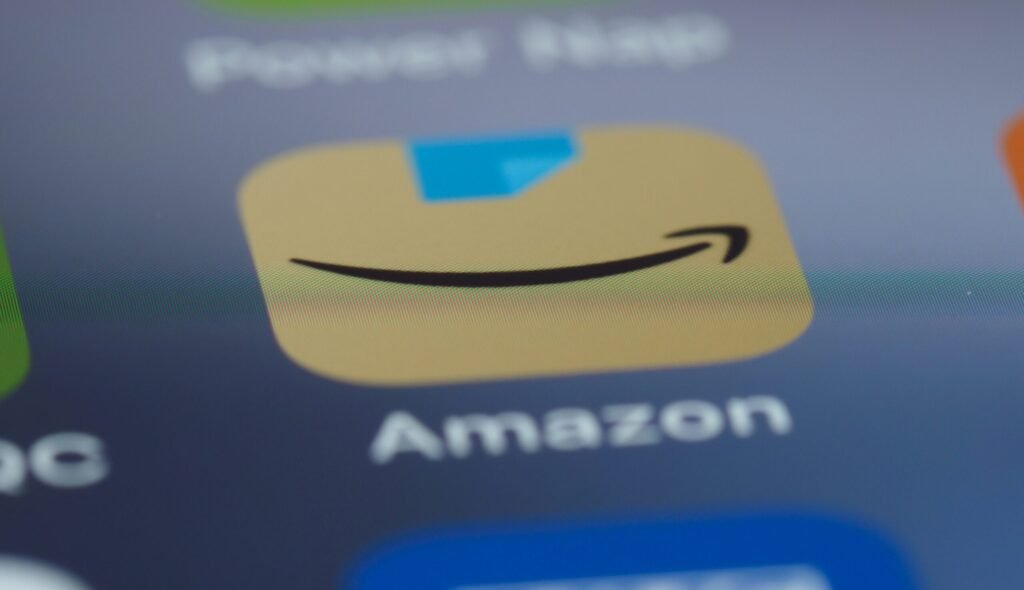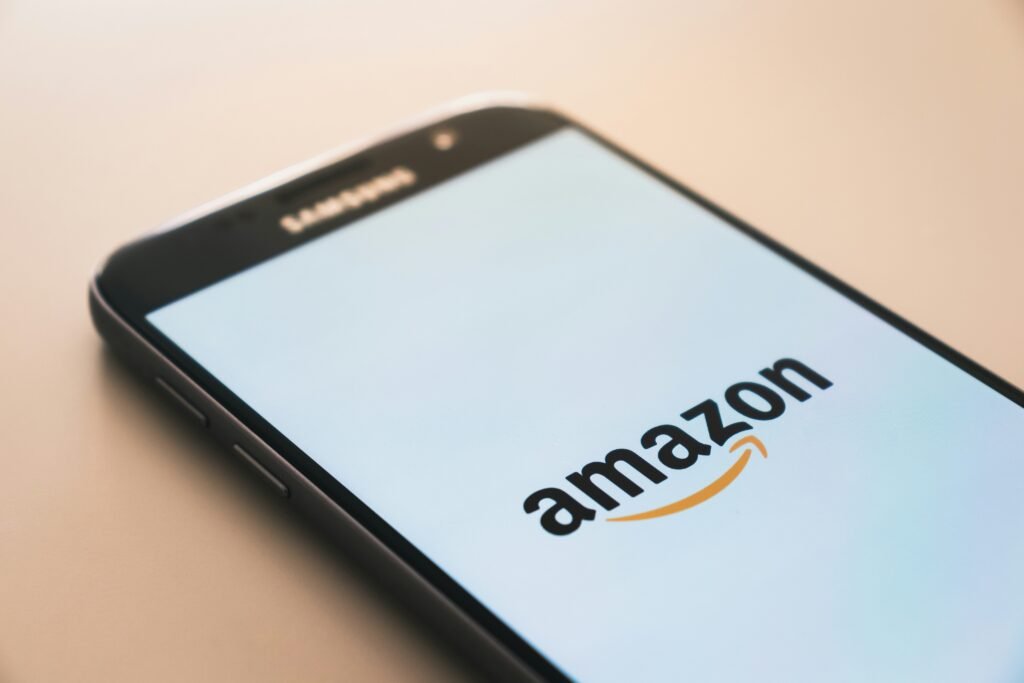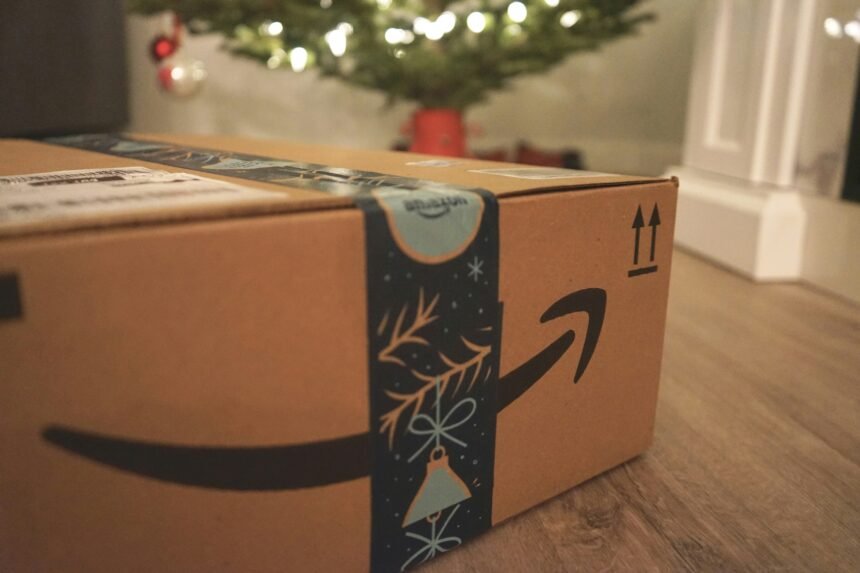Amazon Prime Day 2025 has shattered all previous records. With billions in sales, millions of shoppers, and global attention, it’s more than just a mega-sale — it’s a crystal-clear indicator of evolving eCommerce trends. For small businesses, the event offers crucial insights that can be leveraged for strategic growth. This blog dives deep into the key takeaways from Amazon Prime Day 2025 and reveals how small businesses can replicate its success.
The Impact of Amazon Prime Day 2025
Amazon Prime Day has evolved from a one-day sale into a two-day global retail event, triggering sales across multiple platforms. In 2025, the numbers are staggering:
Total Revenue and Consumer Participation
| Metric | 2025 Results | % Growth from 2024 |
| Total Global Sales | $15.4 Billion | +22% |
| U.S. Consumer Spend | $6.1 Billion | +19% |
| Number of Items Purchased | 375 Million | +18% |
| Avg. Spend per Prime Member | $165 | +14% |
The surge in spending is largely attributed to improved AI-driven product recommendations, faster delivery options, and aggressive marketing.

What Small Businesses Can Learn from Amazon Prime Day
1. Create a Time-Bound Sales Strategy
Build Urgency with Flash Sales
Amazon Prime Day teaches that urgency drives conversions. Limited-time offers and countdown clocks push buyers into action. Small businesses can replicate this by creating their own flash sale windows — particularly around national holidays or product launches.
Pre-Sale Teasers
Just like Amazon rolls out early deals, small businesses should tease offers on social media, via email marketing, and in-store banners to build momentum.
2. Leverage Artificial Intelligence in Sales
Personalized Recommendations
Amazon used AI algorithms to tailor suggestions based on browsing history, location, and past purchases. Small businesses can utilize affordable AI tools (like Shopify’s product recommendation apps or Mailchimp’s smart email tools) to personalize shopping experiences.
3. Optimize Product Listings
Clear Titles & Bullet Points
Amazon sellers were required to use keyword-rich product titles and benefits-focused bullet points. Small businesses should treat their eCommerce platforms with the same rigor — from SEO to formatting.
Include Customer Reviews & FAQs
Prime Day deals with thousands of product reviews. Small businesses can solicit customer testimonials post-purchase and showcase FAQs to reduce purchase hesitation.
4. Utilize Influencer and Affiliate Marketing
Short-Form Video Dominance
This year, Amazon heavily promoted deals through TikTok-style influencer videos. SMBs can reach niche audiences through micro-influencers and UGC (user-generated content).
Affiliate Partnerships
Start an affiliate program using platforms like ShareASale or Refersion to expand digital reach during sales events.
5. Master Logistics and Fulfillment
Same-Day/Next-Day Shipping
Amazon’s warehouse efficiency allowed it to ship 85% of orders within 48 hours. While small businesses can’t match that, partnering with fulfillment services like ShipBob or Deliverr can close the gap.
Inventory Planning
Prime Day sellers forecast demand months in advance. Use inventory planning tools like Zoho Inventory or QuickBooks Commerce to ensure top-performing products are well-stocked.
6. Scale Email Marketing Before and After Sales Events
Prime Email Blasts
Amazon sent more than 200 million Prime Day-related emails globally. SMBs should ramp up email communication before, during, and after sales.
Email Marketing Funnel Example:
| Funnel Stage | Tactic | Timing |
| Awareness | “Coming Soon” Teaser Emails | 10 Days Out |
| Engagement | Product Highlights & Early Access Deals | 5 Days Out |
| Conversion | Live Sale Reminders + Urgency Copy | Sale Day(s) |
| Retention | “Thank You” + Cross-Sell Offers | 1–3 Days After |
Behind the Success of Amazon Prime Day 2025
Strategic Use of Consumer Data
Amazon collected vast customer insights across browsing and purchasing behavior. Small businesses should also be collecting and analyzing data via Google Analytics, CRM systems, and POS reports.
Expansion of Buy Now, Pay Later (BNPL)
Amazon reported a 41% increase in the use of BNPL options like Affirm. Small retailers should consider integrating BNPL platforms like Afterpay or Klarna to boost conversion rates.
Loyalty and Retention Programs
Prime membership is more than free shipping — it’s a retention engine. SMBs can adopt loyalty programs through platforms like Smile.io or Yotpo to encourage repeat purchases.
The Role of Social Commerce in Prime Day
TikTok & Instagram Shopping
Over 60% of Gen Z and Millennials browsed Prime Day deals via social apps. Small businesses must prioritize product tagging, shoppable posts, and influencer partnerships.
Live Streaming
Amazon Live featured real-time demos by influencers. Platforms like Facebook Live, YouTube Live, and Instagram Live offer similar value for small businesses — from product launches to Q&As.

Common Mistakes to Avoid
1. Poor Website Performance
Many sites crashed under heavy traffic. Use CDN services, reduce image sizes, and test loading times before big sales.
2. Lack of Mobile Optimization
Over 70% of Prime Day purchases were mobile. Make sure your store is responsive and mobile-first.
3. Ignoring Post-Sale Follow-Up
Many SMBs miss out on re-engaging customers after a sale. Automate thank-you emails, ask for reviews, and suggest related products.
Conclusion
Amazon Prime Day 2025 isn’t just a mega-corporate event — it’s a blueprint for how consumers behave in the digital age. Small businesses that adapt the strategies discussed — urgency-driven sales, personalized experiences, influencer marketing, and streamlined logistics — can ride the Prime Day momentum and win big. The key is not imitation but adaptation: take what’s working at scale, apply it with a small business twist, and build long-term customer relationships.
Amazon Prime Day proves one thing: when consumers are ready to spend, small businesses must be ready to sell smartly.












